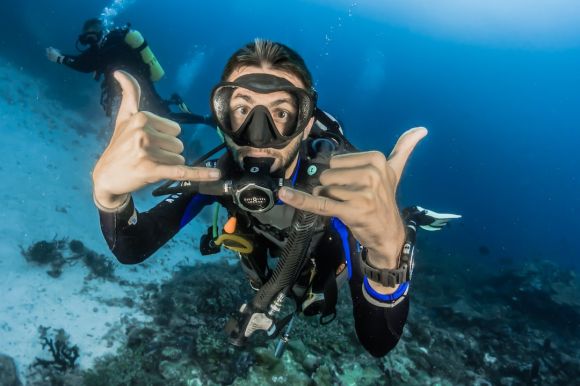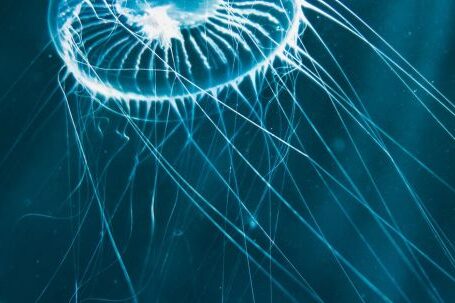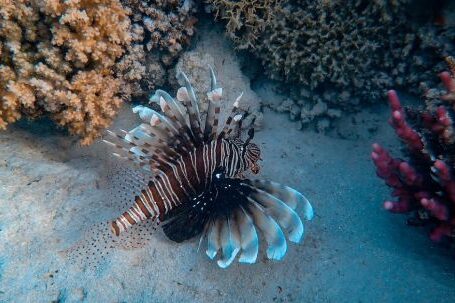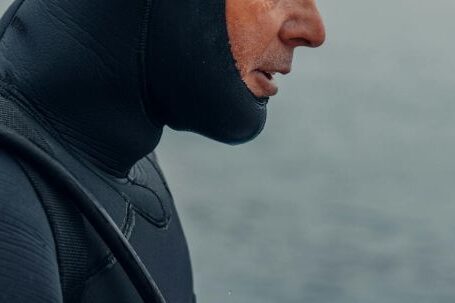Hovering and stationary diving are two important skills for any diver to master. These techniques require balance, control, and precise movements in order to maintain a stable position underwater. In this article, we will explore the key elements of hovering and stationary diving, and provide tips on how to improve these skills.
Understanding Hovering
Hovering is the ability to maintain a stable position in the water without using any propulsion. It requires precise control of buoyancy and body position. The goal is to stay in one place, either in mid-water or near the bottom, without any vertical or horizontal movement.
Controlling Buoyancy
The key to successful hovering is mastering buoyancy control. This is achieved by adjusting the amount of air in your buoyancy compensator device (BCD) and your lungs. By adding or releasing air, you can achieve neutral buoyancy, where you neither sink nor float. This allows you to maintain your position in the water column.
Body Positioning
In addition to buoyancy control, body positioning is crucial for hovering. To achieve a stable hover, your body should be horizontal, with your legs slightly bent and your arms extended in front of you. Your head should be aligned with your spine, and your eyes focused on a fixed point. This streamlined position reduces drag and allows for better control.
Use of Fins
Fins are an essential tool for maintaining stability while hovering. By making small, controlled movements with your fins, you can adjust your position and counteract any drift caused by currents or water movement. Practice using your fins to maintain a steady hover, making small adjustments as needed.
Perfecting Stationary Diving
Stationary diving is a technique used by underwater photographers and videographers to capture detailed shots without disturbing the surrounding environment. It involves hovering in one place for an extended period of time, while minimizing any movement or disturbance.
Controlling Breathing
One of the keys to successful stationary diving is controlling your breathing. Slow, deep breaths help to maintain a relaxed state and reduce any unnecessary movement. Practice breathing exercises to increase your lung capacity and improve your ability to hold your breath for longer periods of time.
Minimizing Movements
When stationary diving, it is important to minimize any unnecessary movements. Even small gestures can create disturbances in the water, potentially scaring away marine life or stirring up sediment. Keep your body still and avoid sudden movements. Use your hands and fingers to adjust your camera or equipment, taking care to do so slowly and gently.
Finding Stability Points
To maintain a stationary position, look for stability points in the environment. These can be rocks, coral formations, or other stationary objects that can help you anchor yourself. By gently resting your hands or knees on these stability points, you can reduce the amount of effort required to stay in one place.
Practice Makes Perfect
Mastering the art of hovering and stationary diving takes time and practice. Start by practicing in calm, controlled environments such as swimming pools or calm bodies of water. Gradually increase the difficulty level by adding currents or performing tasks that require more precision. With regular practice and a focus on improving your buoyancy control and body positioning, you will soon become proficient in these skills.
In conclusion, hovering and stationary diving are essential skills for any diver looking to improve their control and precision underwater. By mastering buoyancy control, body positioning, and minimizing movements, you can achieve a stable hover and capture amazing footage or enjoy the beauty of the underwater world without disturbing it. Remember, practice makes perfect, so dive in and start honing your skills today!





